Ceramic Coatings: also known as Quartz Coatings or Nano Coatings
Advances in nanotechnology have made ceramic coatings the hottest category in the world of automotive detailing. There are a lot of marketing claims being made by purveyors of ceramic coatings and consumers should do their research, ask a lot of questions, and proceed cautiously.
Quality ceramic coatings leave a very slick finish making it difficult for dirt, dust and debris to stick to the clear coat. If you use proper washing techniques these particles will be easily removed with much less chance of creating fine scratches and swirls in your paint. Automated car washes will create swirl marks on coatings and hand washing with a wash mitt that is not carefully cleaned will create swirls on a coated vehicle.
Coatings do offer a lot of advantages for people that don’t want to regularly wash, polish and apply sealants or waxes to their vehicle. Today’s high-solids, resin-based coatings are better than ever and they provide a long lasting glassy appearance that I describe as looking like wet rock candy. Coatings provide excellent protection from low and high temperatures and they protect the top layer of clear coat from both acid and alkaline chemicals. Northern Nevada’s climate is tough on vehicles that spend a lot of time outside. Ceramic Coatings offer the best protection against damage from ultraviolet rays and the resulting oxidation that can fade and dull your paint.
In short, coatings do have a lot to offer but they are not the best solution for every type of owner. Ceramic coatings will not stop pitting and dings from small pebbles and rock debris that strike your car. Paint Protection Film is the only product that is effective against this kind of damage.
To help simplify the choice between ceramic coatings versus sealants and waxes I often break it down this way:
If you’re looking for a product that will reduce the amount of time you spend trying to keep your car clean and shiny then a ceramic coating is probably the best choice. It’s important to have a paint correction done before applying any coating. Otherwise, you’re just sealing in the scratches and swirls and you won’t enjoy the highly reflective gloss that only comes from a professionally polished paint surface. It’s the paint surface that reflects the light that creates a brilliant shine.
If you lean toward orderliness, perfection and pay great attention to details then I recommend a ceramic spray coating, sealant or wax for your vehicle. For example, if you get a few bad scratches on your clear coat I can strip wash the affected area, machine polish the paint and remove the scratches. Then I reapply the wax or sealant and your car looks good as new! If you get bad scratches on your high-solids coating then you have to live with it and get agitated every time you look at your vehicle. A spot repair cannot be done effectively when a professional ceramic coating has been applied to the car. The only solution is to machine polish the entire panel with an abrasive compound to remove all traces of the coating. Sometimes this will involve wet sanding the entire panel to remove the coating. Once this is done the scratch is removed through machine polishing and the panel is re-coated to match the rest of the car. This is a time consuming and expensive process.
For those who want to learn more about ceramic coatings, I will now go into more detail about the chemistry of coatings.
Silicon Dioxide (SiO2) creates the hardness of a ceramic coating. Titanium dioxide (TiO2) is added to some coatings to improve the hydrophobic effects (water repellent effects) of a coating. Several manufacturers add Fluorine (F) into the top coat of their professional 2-stage coating kits. Fluorine adds slickness making it more difficult for road contaminants to stick to your paint. Automotive coatings are frequently updated and new formulations are becoming available as manufacturers compete for sales. I am testing several new coatings and sprays that use reduced Graphene Oxide to improve resistance to hard water spots. Water spots are the most common problem people experience with silicon dioxide coatings. Graphene ceramic coatings and sprays that are being sold for use in automotive applications usually contain graphene oxide or reduced graphene oxide, which are easier to work with than true graphene. The graphene oxide is often mixed with Polysiloxane resins, binders and additives that are used in most ceramic coatings whether they are marketed as quartz, silicon dioxide, titanium dioxide or nano-glass coatings. Petroleum distillates are often used along with the resins and nano particles of silicon dioxide to help transfer the coating from the applicator to the surface of the paint and assist with the bonding and curing of the ceramic coating.
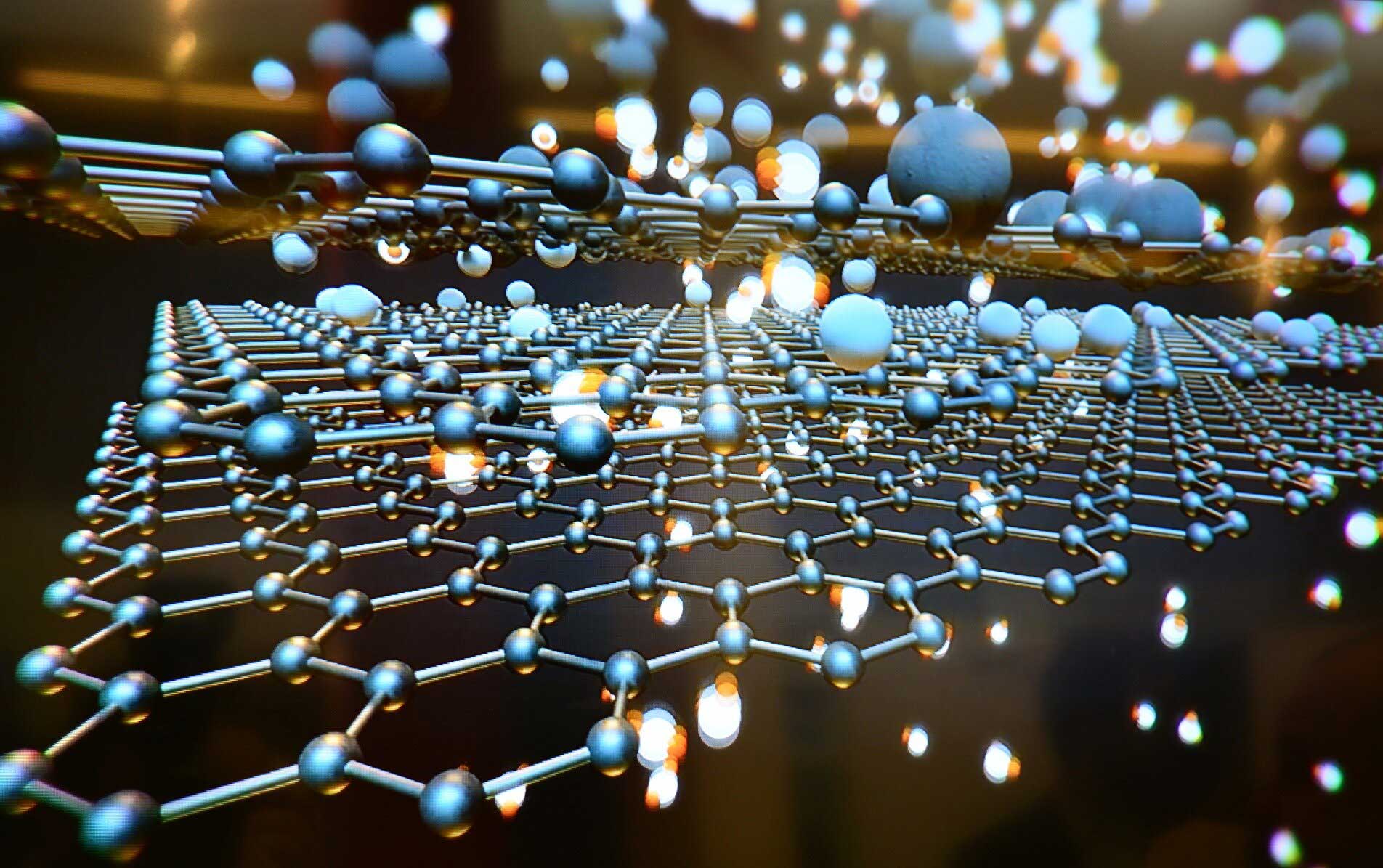
In the picture above you can see the structure of Graphene appears as a honeycomb latticework of carbon atoms. True graphene is stronger than steel and harder than diamonds. In fact, graphene is the strongest, stiffest material known to scientists. It is so thin it’s hard to conceptualize! A sheet of graphene is invisible to the human eye and it’s so strong it basically impenetrable. These qualities are driving a new category of car care products and chemists are just beginning to learn how to incorporate graphene into commercial products.
One last element that is starting to appear in coating formulas is Silicon Carbide (SiC). Silicon Carbide is being used in some new quartz coatings and this product line claims high resistance to chemicals from pH-2 to pH-13, which is impressive! Silicon Carbide is also being touted as having better resistance to water spots along with high slickness and high gloss.
An educated consumer will not be swayed by marketing claims and will look for professional coatings from a well-established manufacturer and then seek out a professional detailer that has knowledge and experience gained through real world testing. Call John at Top Gloss Auto Detailing if you would like to learn more about the best performing products for all the exterior surfaces on your vehicle.
The Role Curing Plays In the Longevity of Ceramic Coatings
Short Wave infrared paint curing lights are the best available equipment for curing (drying) automotive paints and coatings. Unlike older medium wave infrared lights, which were used on flat surfaces, short wave infrared can be used on all convex and concave exterior panels of a vehicle. The short wave infrared heating tubes radiate energy that passes through the Clear Coat, Base Coat and Primer to heat the steel or aluminum body panels. The heated metal radiates the heat back through the paint and into the coating so it cures evenly from the inside out. This creates a strong bond between the high-solids ceramic coating and the Clear Coat on your vehicle. This is illustrated in the diagram below.
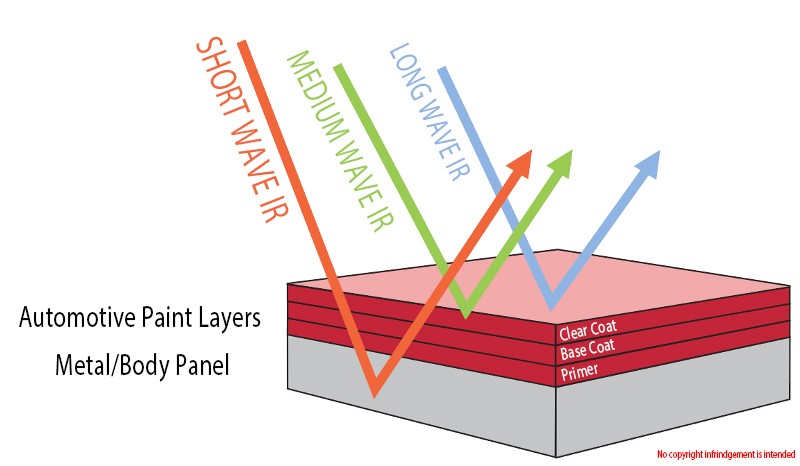
Additionally, infrared curing allows the solvents in the coating to be pushed out to the surface in a controlled and consistent manner. Most detailing shops don’t have this equipment and the vehicle is allowed to simply air dry. A full cure will take up to ten days when a vehicle is air dried, depending on temperature and humidity. This year I purchased a new industrial short wave infrared curing fixture that is equipped with an ultrasonic distance sensor and precision temperature sensor. This equipment monitors the temperature of the heated body panel every second during the baking process and precisely controls the curing temperature resulting in a curing process that allows the ceramic coating to achieve maximum hardness and bonding with the Clear Coat in about 15-minutes. This also works beautifully when coating wheels, glass and plastic trim.
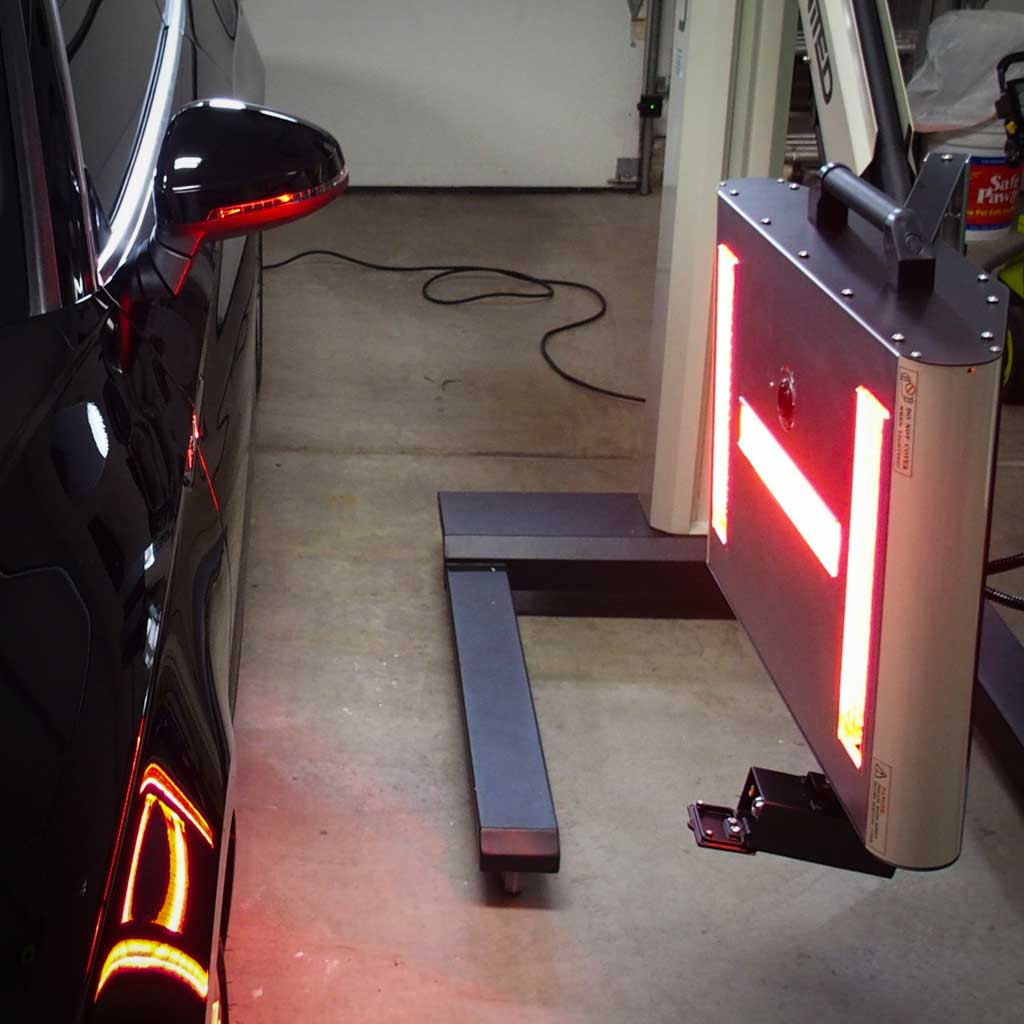
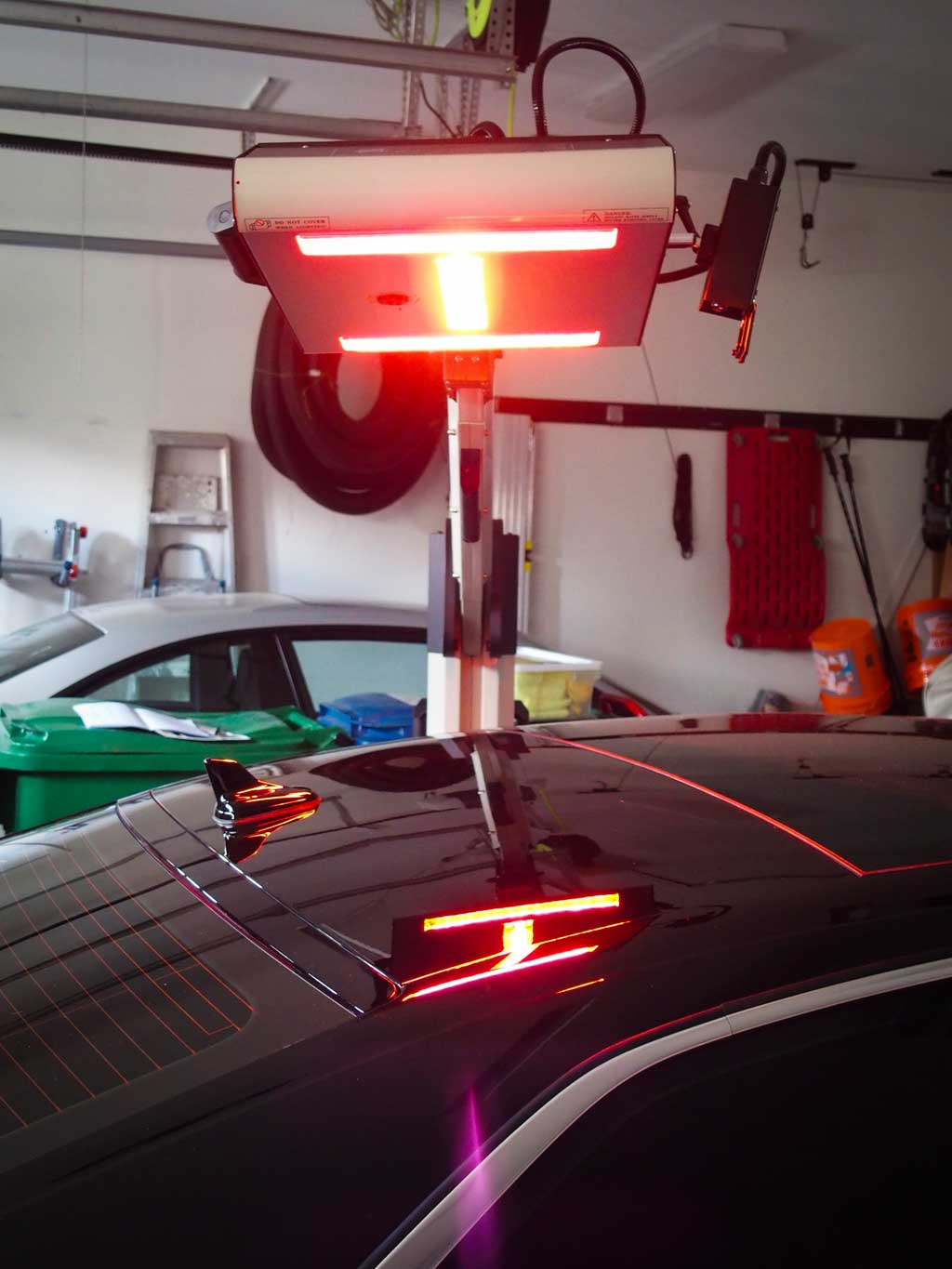
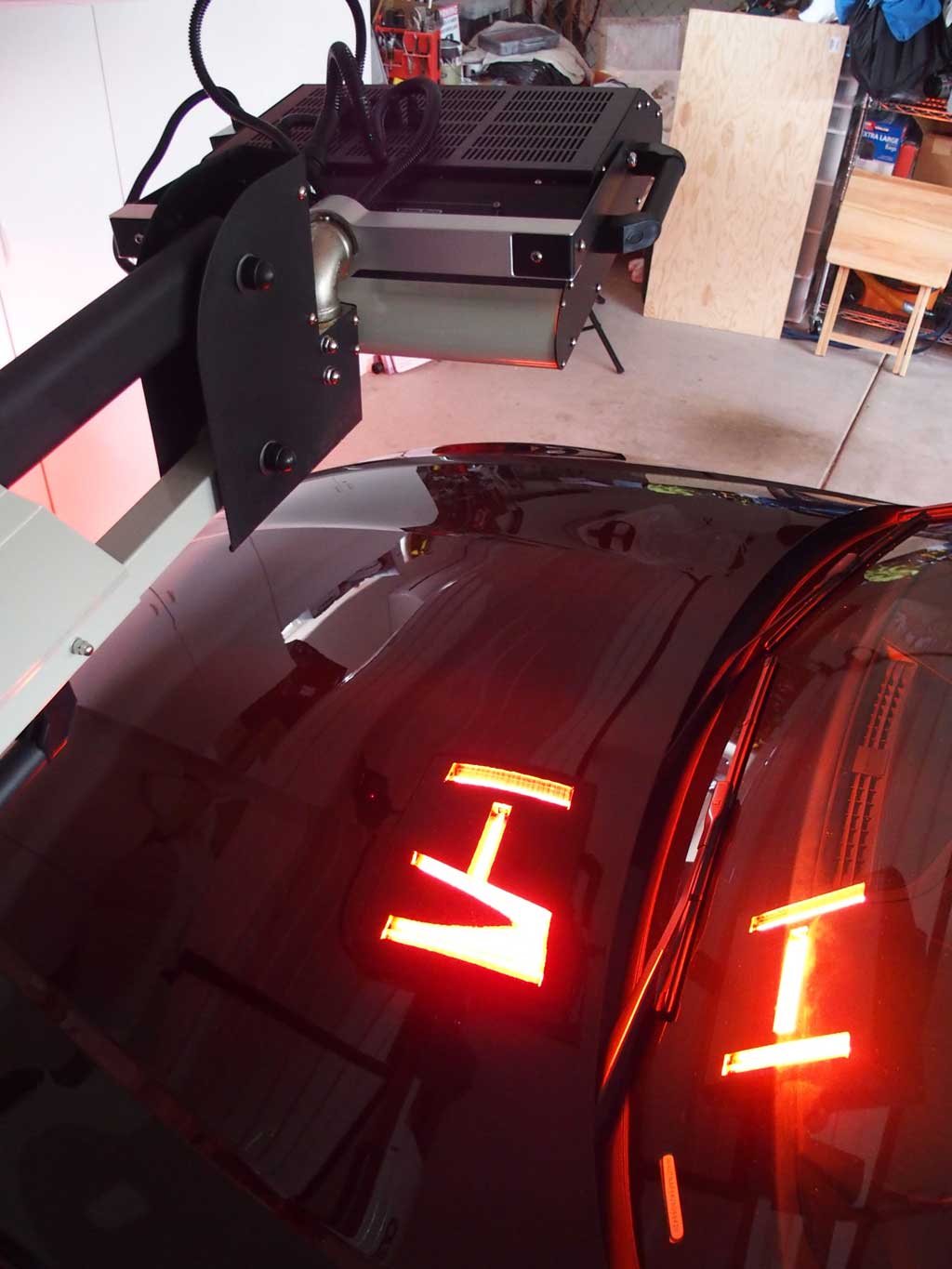
If you want a quality installation of a high-solids ceramic coating its no different than having your car repaired and repainted at an autobody shop. You would not be happy if the repaired area was just sprayed with fresh paint and allowed to air dry. That is why autobody shops use paint booths and shortwave infrared light to control the application and curing of the paint and deliver a long lasting repair that will protect the value of your automobile.
Infrared is part of the electromagnetic spectrum. As you move to the left side of the spectrum the electromagnetic waves become shorter (waves are closer together). The energy and frequency of shortwave infrared (also known as Near Infrared) is more powerful than medium- wave infrared (also known as Middle Infrared). This increased energy speeds up the movement of molecules, creating heat, and this accelerates the curing process. To help visualize these concepts take a look at the electromagnetic spectrum in the diagram below.
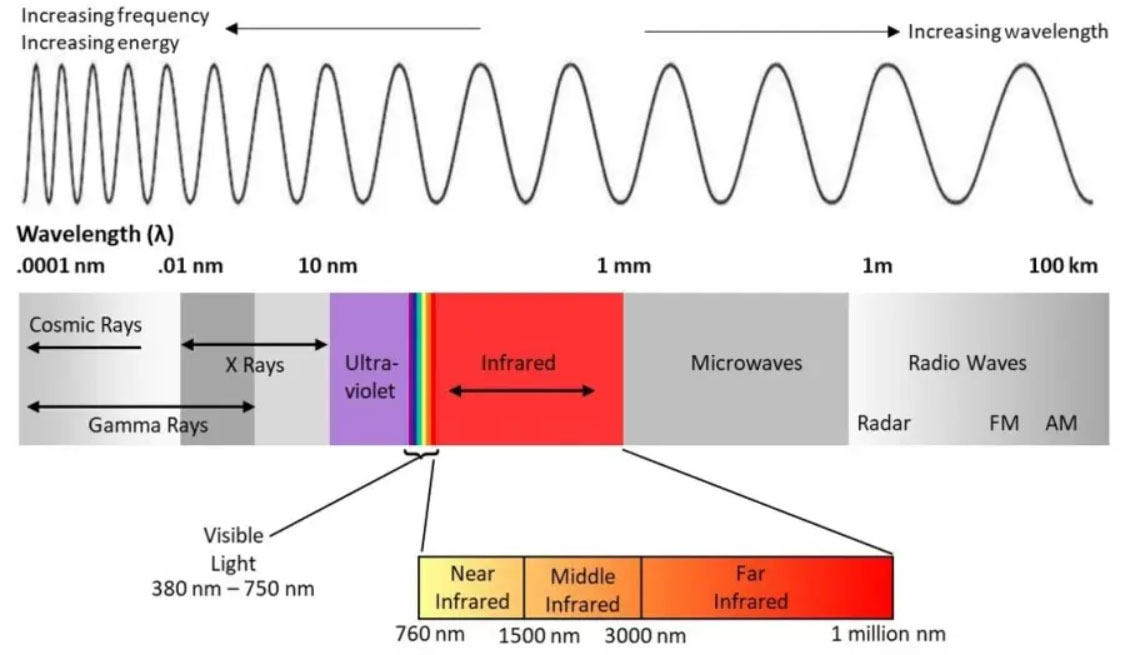
One last factor to consider is coating maintenance. A professional, high-solids ceramic coating must be properly cleaned and treated with a maintenance spray that is designed to be used with the underlying coating. Maintenance should be done about three times per year to renew the top layer and restore the slickness and hydrophobic effects of the coating so it will continue to perform for several years.
To summarize, there are lots of things to consider before deciding where you want to have a ceramic coating installed. Call me and describe how you use your vehicle and I can recommend the best coating product for you.
